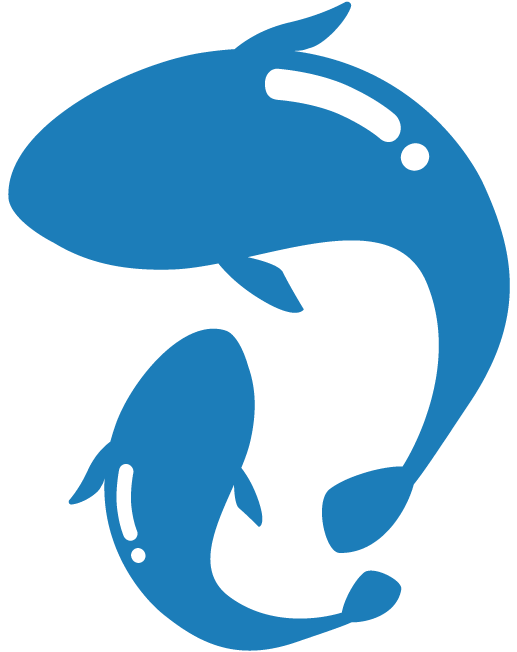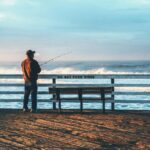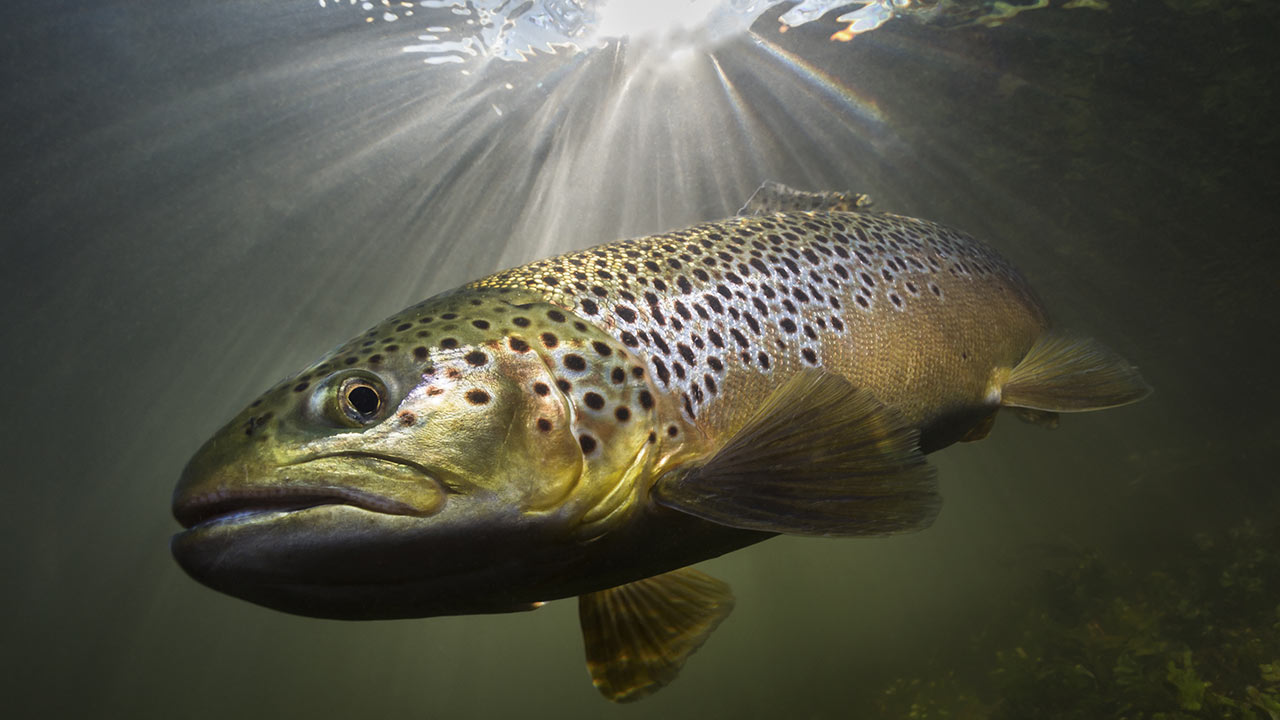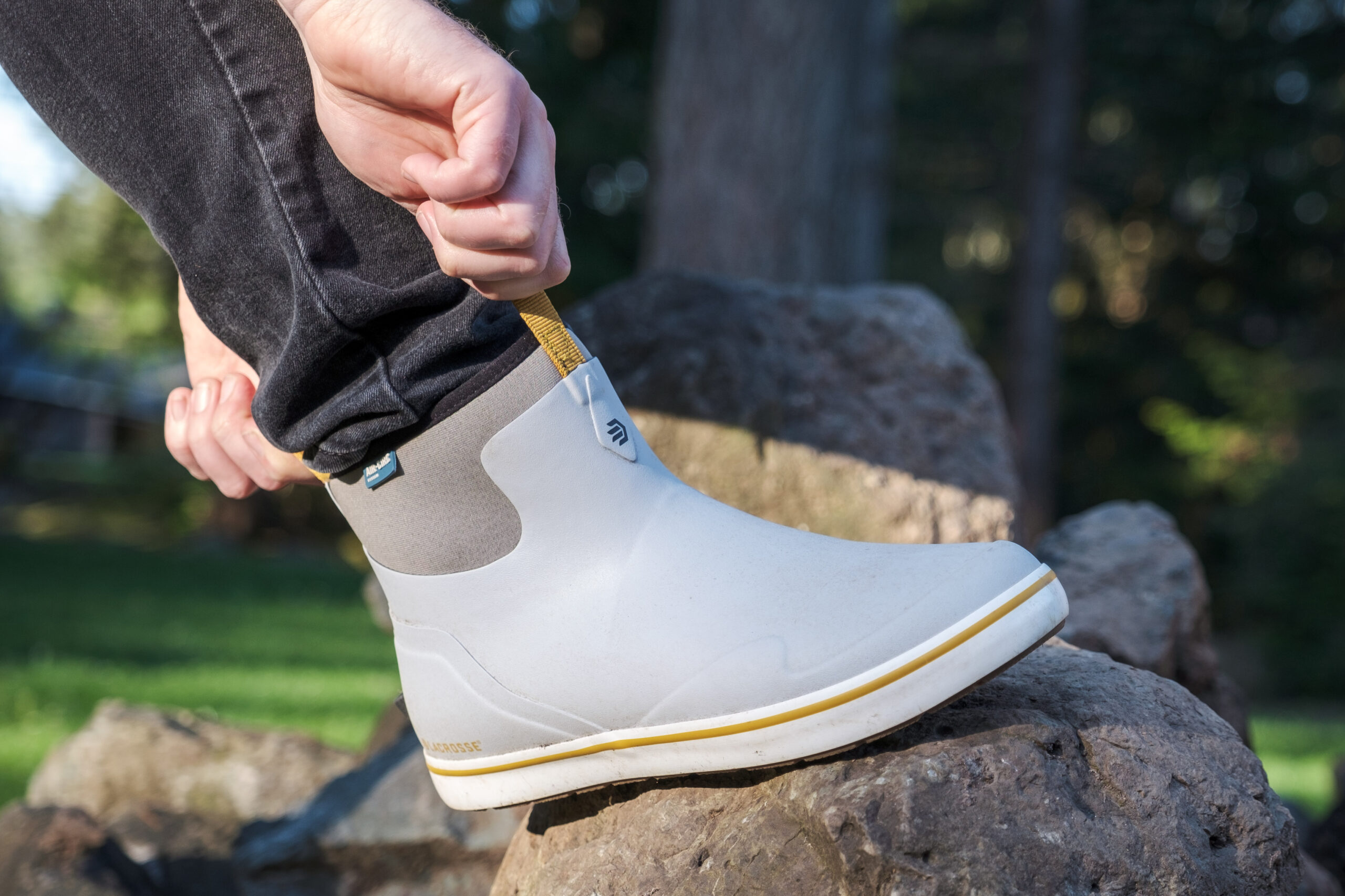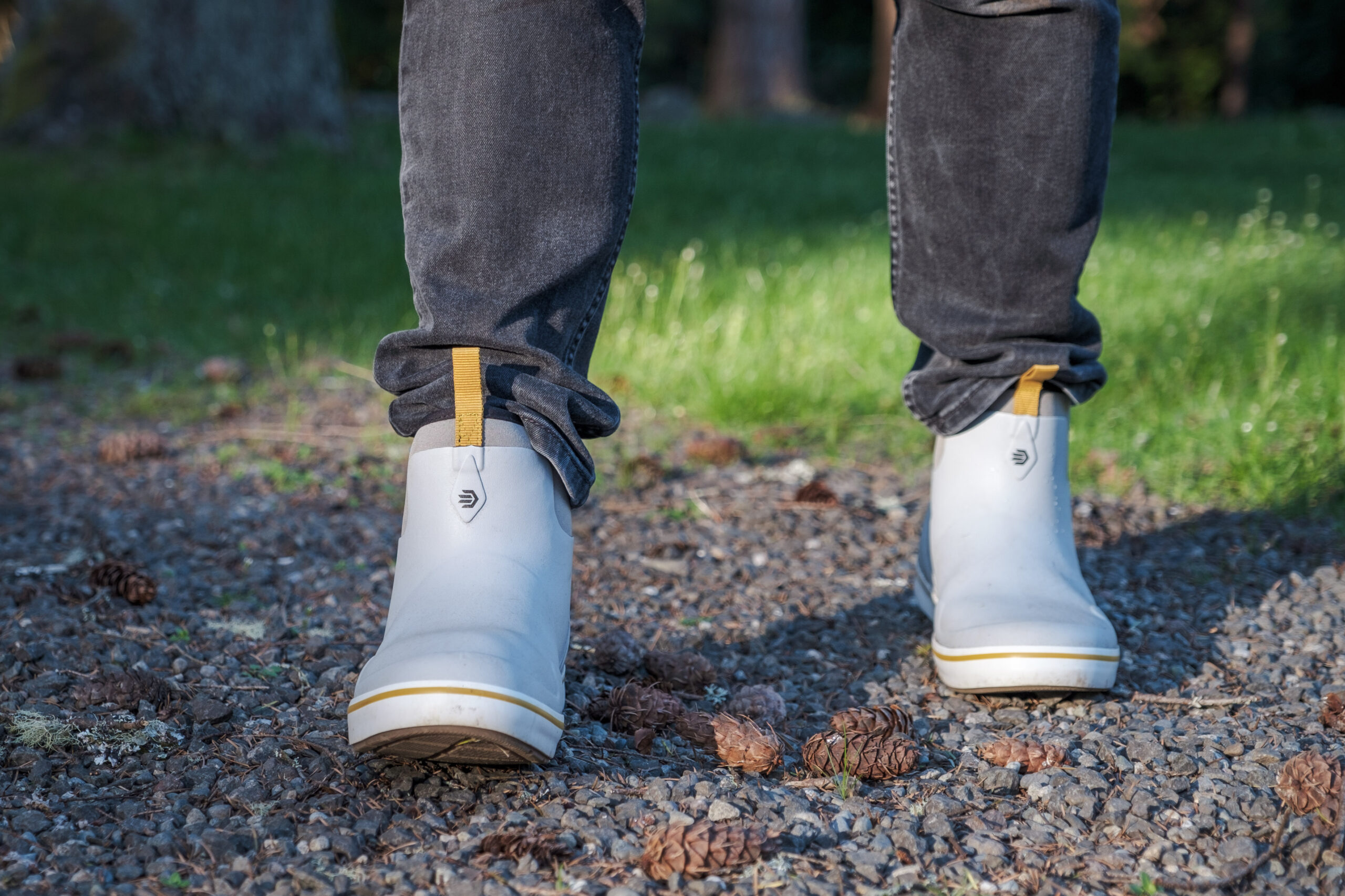Fishing for trout in lakes can be incredibly rewarding, especially during the early season when the fish are most accessible. As lakes begin to warm after ice-out in late winter or early spring, trout move into shallower waters, providing excellent opportunities for anglers. If you’re wondering how to fish for trout in a lake during this time, here are some key tips to help you target these prized fish effectively.
How and Where Lakes Warm
After ice-out, lakes start warming from the surface, and the temperature gradient plays a significant role in where trout can be found. During this time, trout are often in the upper layers of the water, typically within 20 feet of the surface or near the shoreline in shallow areas. These fish are looking for warmer pockets of water, and you’ll want to focus on places that warm up faster than the rest of the lake.
Look for areas near thermal discharges, tributaries, or rocky shorelines, which tend to hold warmer water. For instance, water temperatures around 46°F will often be found near inflows or shallow bays, compared to the colder 43–44°F in other parts of the lake. These warmer pockets of water can attract trout, so focus your efforts there.
Focus on Tributaries
Tributary inlets—where streams, rivers, or dams feed into the lake—are often prime fishing spots during the early season. These areas have a significant impact on trout behavior because they provide both food and more comfortable water conditions. Runoff from spring rains can dramatically affect the temperature and conditions in these regions, making them particularly productive for trout.
After a warm rain, the tributary areas close to the inlet often warm up first, offering ideal conditions for fishing. The best-case scenario is a clear, warm inlet that is a few degrees warmer than the rest of the lake. Even smaller creeks or springs can be effective, as they provide a steady source of food and slightly warmer water, which attracts trout in search of an easy meal.
Trolling to Cover Ground
Trolling is one of the best ways to cover a lot of ground when trout are in shallow waters during the early season. By trolling lures behind a boat, you can efficiently search for active, hungry fish that are likely to strike. Trolling is particularly useful when you are working large lakes, as you can spread out your offerings and explore different areas without disturbing fish too much.
On weekends, when the lake may be crowded with other anglers, trolling gives you the advantage of staying away from heavily-fished areas while still being able to target productive zones. The key is to use lures that resemble the local forage, and vary your trolling speed and depth to find the fish.
Drift Fishing with Live Bait
Drift fishing can be an effective way to catch trout, particularly when using live bait. This method is typically slower and less dynamic than trolling, but it can still be quite successful in the right conditions. Drift fishing works best when you use the local forage species as bait, such as minnows or worms, and let your bait naturally move with the current.
In lakes where motor use is prohibited, drifting with live bait can be a great option, especially if there’s a moderate breeze to help carry the boat. Try fishing multiple baits at different depths and distances from the boat to cover more water. If you’re in an area with good trout populations, drifting can be an effective and relaxed way to fish.
Fishing for Trout from the Shore
For shore-based anglers, catching trout can be a bit more challenging, as you are limited to one location and must cast repeatedly to attract fish. However, fishing from shore can be highly productive, especially near inlet areas where the warmer water from streams or rivers draws in the fish.
A good technique is to move along the shoreline, covering prominent spots like points, inlets, steep banks, and areas with rocks or boulders. These locations provide shelter for trout and attract prey. In some cases, you can even “troll” from shore by walking up and down a breakwall or shoreline while using a castable sideplaner to get your bait or lure further out into the water.
In smaller lakes, shore anglers can be quite successful by focusing on areas with sharp drop-offs or warm bays and coves. These locations provide trout with both warmth and food, so fishing here can be highly productive.
Conclusion
Fishing for trout in lakes during the early season can be a fantastic experience. By focusing on warmer pockets of water near tributaries, trolling to cover more ground, and using the right techniques—whether it’s drift fishing with live bait or casting from shore—you can increase your chances of success. Trout are highly responsive to environmental changes, and with the right approach, you can catch them at their most accessible during the spring thaw.
